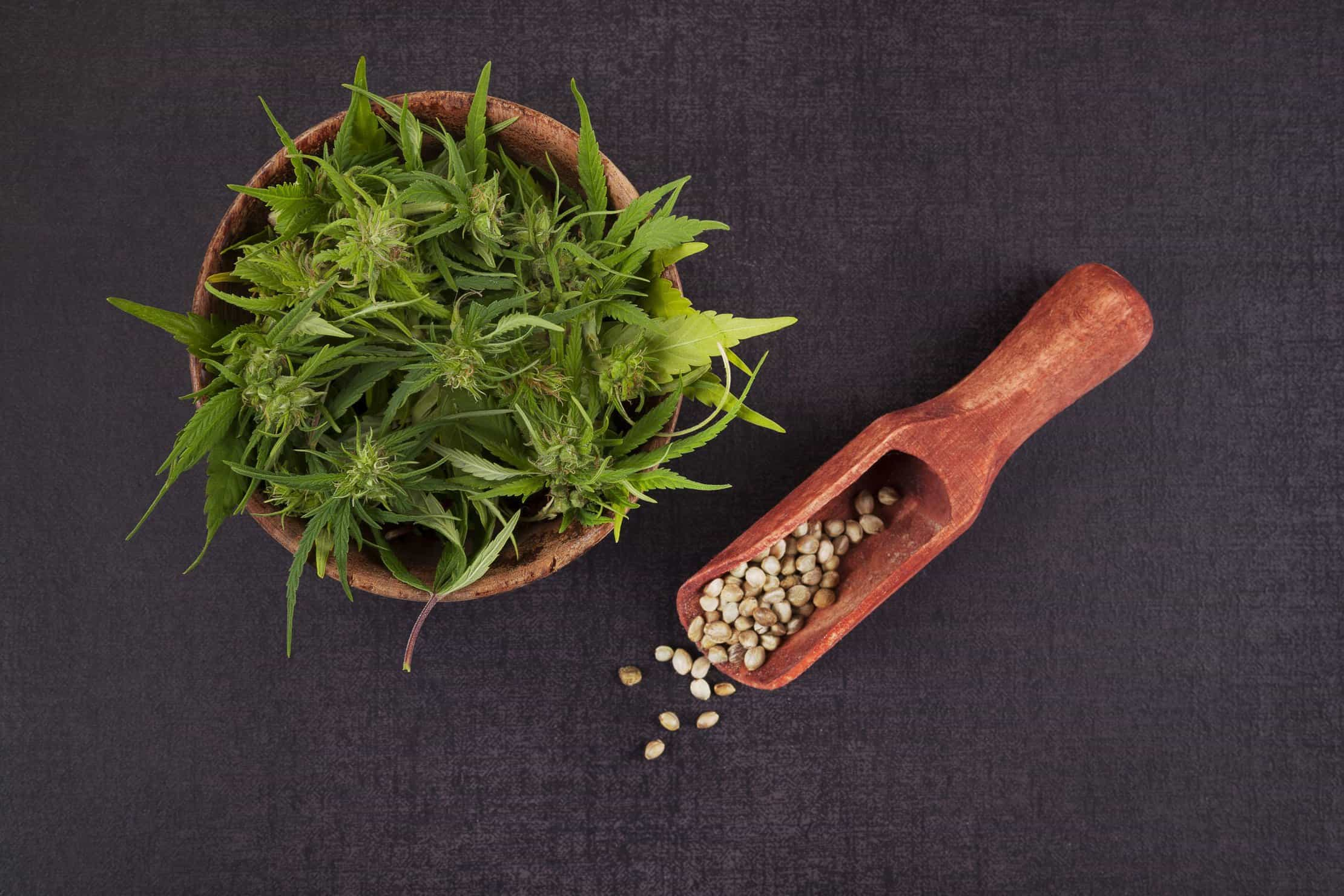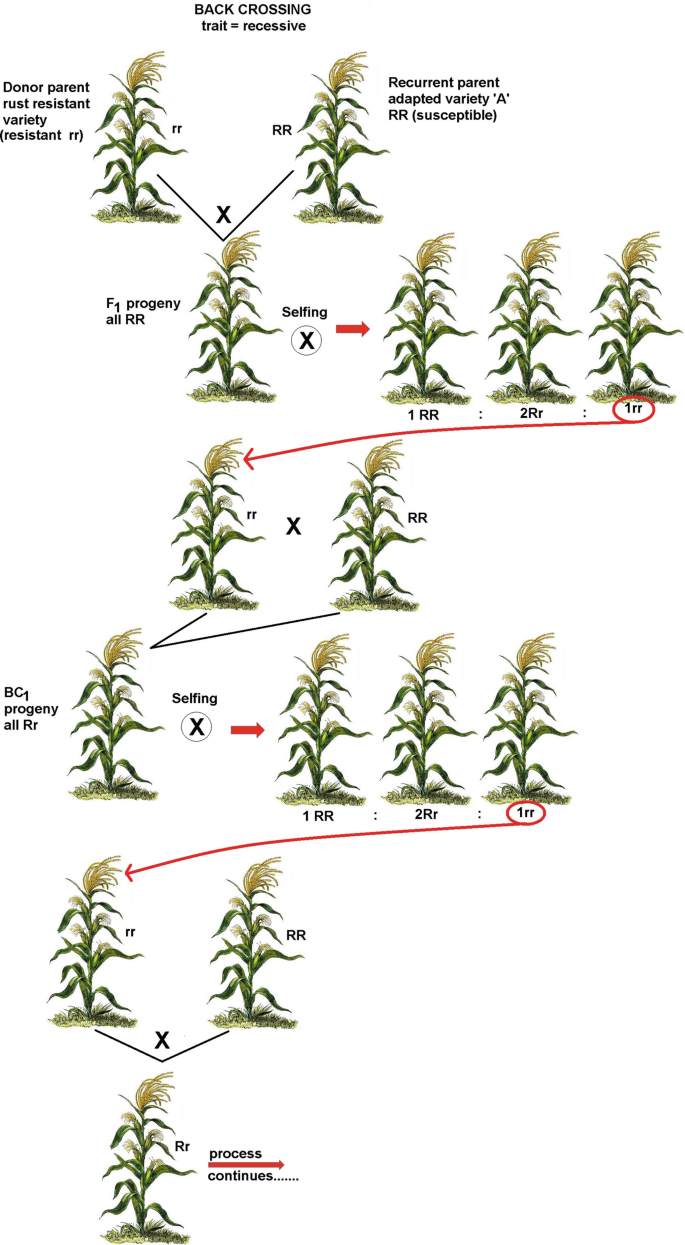No products in the cart.
Creating New Cannabis Strains: A Dive Into the Science
2 Mar 2023

Cannabis has become a popular recreational and medicinal plant, with new strains being created all the time. But what goes into creating a new strain? It’s not as simple as combining two existing plants and hoping for the best. It requires a deep dive into the science of cannabis genetics and breeding.
By understanding more about how new cannabis strains are created, growers can refine their techniques to create the perfect strain for their needs. This article will explore the science behind creating new strains, from creating the right environment to selecting the right parent plants, and more.
Whether you’re a recreational user or an experienced grower, understanding the science of creating new cannabis strains will help you get the most out of your crop.
Be sure to check out the rest of our strains here!
Understanding the Science of Cannabis Genetics
Cannabis plants are bred using several different breeding techniques, but the goal is always the same: to create new strains with specific traits that are desirable to cannabis growers.
As a cultivator, you might want to create a new strain with a higher yield potential, a longer flowering period, or a specific set of cannabinoids. Depending on your needs, you could improve the yield of your strain by breeding with a strain with a higher propensity for yield or by crossing a strain with a longer flowering time.
Crosses between different strains can be used to create hybrids with new desired traits, but hybrids also have some problems of their own. Understanding the science of cannabis genetics will help you select the best parent plants for your needs.
Creating the Ideal Environment for Growing Cannabis
One of the first things cannabis cultivators need to do is create an ideal environment for growing cannabis. This includes creating the right temperature, humidity, and light conditions so that your plants will grow healthily and efficiently.
It’s also important to create the right environment for your strain, which could include experimenting with different light schedules to optimize its growth. When creating an ideal growing environment, keep in mind that you want to create an environment that is similar to the growing conditions you’d find in your local area.
Selecting the Right Parent Plants
After creating the ideal growing conditions for your strain, you’ll need to select the right parent plants from which to breed. It’s important to select the right parent plants because hybrids can have issues of their own.
For example, a strain that’s been bred with another strain with a high ratio of male to female plants might produce less bud due to a lower ratio of female bud. It’s also important to select the right strain for breeding because some strains are more suited for breeding than others. If you select a strain that’s not well-suited for breeding, you could miss out on creating a new strain altogether.

The Benefits of Hybridization
Hybridization is the process by which two different strains are crossed to create a new hybrid. While hybridization can be used to create new cannabis strains, it’s also used to cross different plants, such as roses and orchids. By combining the best traits of two different plants, hybrid plants can have an even greater range of traits compared to either parent plant.
Hybridization can be used to combine the best characteristics of two different strains, creating a new hybrid that has even greater traits than the original parents. While hybridization can be used to create new cannabis strains, it’s also used to cross different plants, such as roses and orchids.
Understanding Cannabis Breeding
While hybridization is the most common technique for creating new cannabis strains. Other methods for creating new strains include backcrossing and recurrent selection.
Backcrossing is when a parent plant is bred back to a distant ancestor to breed new qualities into the plant. Recurrent selection is a breeding method that relies on self-pollination, where pollen from one plant is brushed against pollen from the plant you want to pollinate.
This method relies on the hope that certain plants are more likely to pollinate each other. Compared, to other plants, leading to new traits being added to the crop.
How to Use Backcrossing to Create New Cannabis Strains
Backcrossing is a breeding technique that has been used since the 1930s. Backcrossing is used to plant genes from other strains, but not from the exact same strain as the parent plant.
Backcrosses are created by taking one parent plant and backcrossing it to a different ancestor that has desirable traits. This is a useful technique for creating new strains. Because, it allows you to take genes from a variety of different plants. Which can help you improve the quality of your cannabis.

Backcrossing is a useful technique for creating new strains because it allows you to take genes from a variety of different plants, which can help you improve the quality of your cannabis. When selecting cannabis parents for backcrossing, look for parents that have similar characteristics that you want to breed into your strain.
For example, if you want to create a strain with a higher potency. However, you could look for parents with high THC percentages. Once you’ve selected your parents, take a closer look at their traits to decide which ones you’d like to breed into your strain.
Growing New Cannabis Strains
Once you’ve selected the right parents for breeding. It’s time to plant seeds and watch them grow into new cannabis strains. Be patient as you wait for your new strains to grow.
As it can take several months for a seed to germinate and for it to produce seeds of its own. Once your seeds have sprouted, it’s time to give them the TLC they need to survive and thrive. Keep your growing room well-ventilated. This is to avoid the risk of growing your cannabis in an environment that’s too hot or too humid.
You can also use LEDs or CFLs to help maintain the right temperature and humidity levels in the room where you’re growing your cannabis. When it comes to watering your plants, be careful not to let the soil get too dry. While it’s important to keep your plants well-watered. It’s also important to make sure that the soil doesn’t get too dry. Which, can lead to mold or other issues. When it comes to feeding your cannabis plants. There are a variety of fertilizers you can use.
Try to stick to fertilizers with a high phosphorus or potassium content. As these, help your plants thrive and produce healthy buds.
Testing and Evaluating New Cannabis Strains
Once your new cannabis strains are ready to harvest, it’s time to celebrate! However, don’t forget to test your new strains as well as evaluate them. By testing your new strains and evaluating their qualities. You can make sure you’re getting the most out of your crop.
For example, if your cannabis has a lower THC content but the same amount of CBD. It’s a sign that you might want to select a different strain. Testing and evaluating your new strains can help you make sure you’re getting the most out of your crop.
While testing your new strains is important. It’s also important to keep in mind that a single test can’t tell you everything about your new strains. Make sure you test a variety of different cannabinoids, terpenes, and other traits to help you make the most out of your new cannabis strains.
Conclusion
However, creating new cannabis strains is not as simple as mixing two existing plants.
Through hybridization, breeders can collect specific gene combinations. As well as, isolate the best genes, and choose the method that will be used for hybridization.
Once the breeder has chosen the method, they can isolate the best genes. As well as choose the best parents, plant seeds, clone mother plants, or use another propagation method.
Now that you have a better understanding of the science of creating new cannabis strains. You can refine your techniques to create the perfect strain for your needs.





